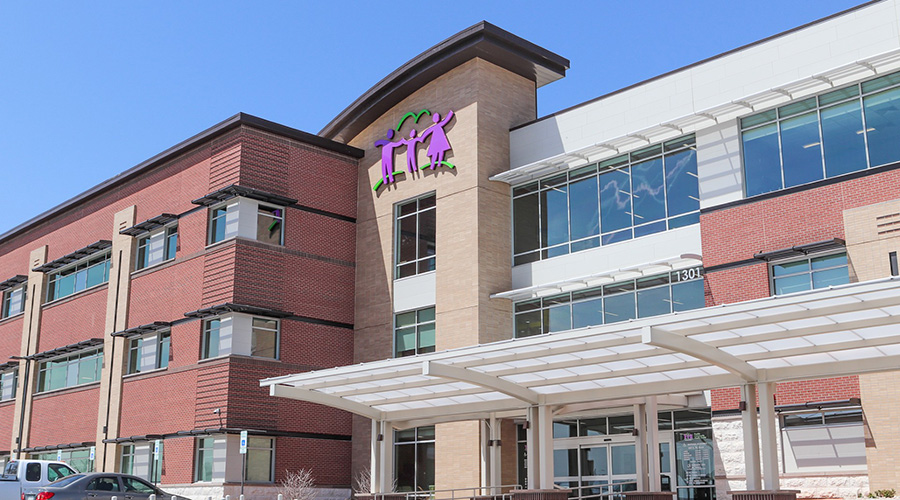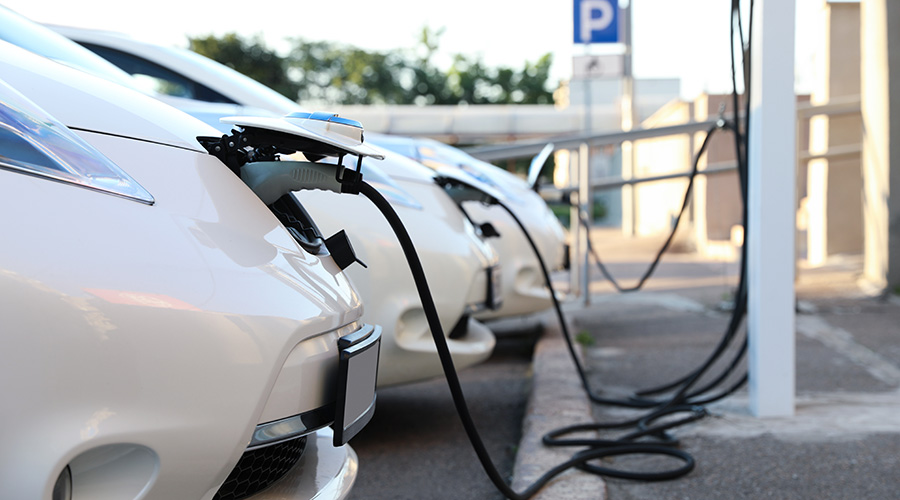Tapping Occupant Behavior a Key Sustainability Strategy
A growing number of organizations are starting to realize that employees and other occupants can play a major role in ensuring an efficiently run facility. "Occupant behavior is a big deal," says Bradford Peirce, vice president and program manager, TD Bank. Tapping occupants is an important element of a continuous improvement strategy.
At the same time, fostering sustainable behavior can be a challenge. "You have to target the audience and learn how to communicate," Peirce says. It's especially challenging in organizations like TD, where employees are dispersed across more than 1,000 locations.
He breaks the process into the "Four H's of Engagement." First comes the "Head," or raising awareness of sustainability and the initiatives underway. For instance, TD issues "Green Friday" emails each week. These might provide information on the percentage of energy used by TD that's tied to renewable sources, or the amount of energy saved when computer monitors not being used are turned off.
Without adequate information, sustainability programs can founder. For instance, TD Bank started a recycling program a few years ago, placing bins in each building into which employees could place paper to be recycled. However, employees got little information on just what they could put into the bins. In addition, the bins weren't always picked up on time, so they'd occasionally overflow.
The bank recently re-launched the program and provided employees with more comprehensive information. They also initiated better communication with the haulers, greatly reducing the problem of overflowing bins. "We're building it into a meaningful program," Peirce says. Although it's too early to have much quantitative data on the new program, he's received anecdotal evidence that more employees are using the bins, and appreciate the continued efforts to reduce waste.
The next "H" is "Heart," or helping employees connect emotionally to the message. "How do you create meaningful engagement?" Peirce asks. One way is through recognition. For instance, an employee who correctly answers a question about energy efficiency may get his or her name in an employee newsletter.
Third on the list is "Hands." This refers to the steps employees can take to reduce energy and resource consumption, such as printing on both sides of paper. The final H is "Horn," short for bullhorn. To drive sustained interest, employees need to share the message of sustainability with both colleagues and customers.
TD also implemented a program to collect new ideas and influence the lifecycle of design, construction, and operation. Ideas aren't restricted to architects and facility managers, Takata says. For instance, an employee in one of the branches noticed that a small change to the lighting design could increase energy efficiency while still providing the illumination needed. "We think it might work and it's a simple idea we can do," he says.
Each year, BAE Systems celebrates Energy Day in October and Earth Day in April, among other events. They'll bring in experts from, for instance, solar companies and natural gas providers who offer lunch-hour talks on such topics as energy efficiency or the incentives available on energy efficient products, among other topics. In addition, facility engineers from BAE's various plants regularly share best practices.
Bringing facility professionals together to discuss energy savings and sustainability not only is a way to disseminate ideas, but it also can boost the engagement of everyone involved, including those who start out skeptical of the process. "People become enthusiastic about doing a better job," Borchardt says.
Related Topics:













